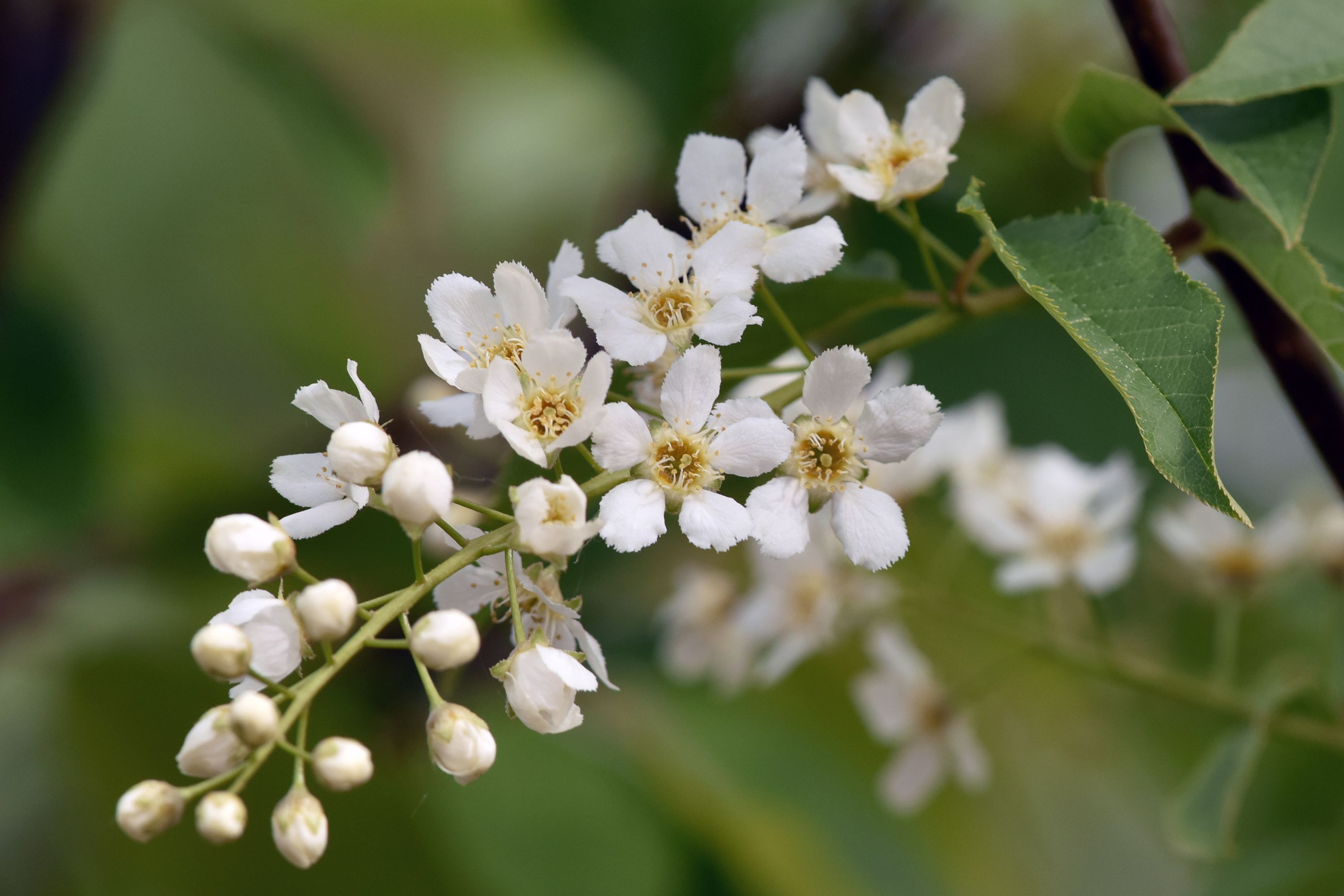Chokecherry
(Prunus virginiana)

Description
Prunus virginiana, commonly known as chokecherry, is a small, deciduous tree native to North America. This species is found in a range of habitats, including open woodlands, forests, and riparian areas. The tree is valued for its ornamental qualities, as well as its edible fruit and medicinal properties. In this article, we will explore the taxonomy, distribution, habitat, morphology, ecology, cultivation, and uses of Prunus virginiana. Taxonomy: Prunus virginiana is a member of the Rosaceae family, which includes over 2,500 species of flowering plants. The genus Prunus is one of the largest in the family, with over 400 species. The species name "virginiana" refers to the tree's native range in North America. Distribution and Habitat: Prunus virginiana is native to North America, where it is found throughout the United States and Canada. The tree is most commonly found in the central and eastern parts of the continent, but it can also be found in the western United States, as far west as California. It grows in a variety of habitats, including open woodlands, forests, and riparian areas. It prefers well-drained soils and full sun to partial shade. Morphology: Prunus virginiana is a small, deciduous tree that can grow up to 10 meters tall. The tree has a dense, spreading crown and a short, crooked trunk that can reach up to 30 cm in diameter. The bark of the tree is dark brown and has a rough, scaly texture. The leaves are simple, alternate, and ovate to lanceolate in shape, with serrated margins. The leaves are dark green in color and can turn yellow to red in the fall. The flowers are white to pink in color and appear in clusters in early spring. The fruit is a small, dark red to purple drupe that is edible and has a tart flavor. Ecology: Prunus virginiana plays an important role in the ecology of its native range. The tree provides food and habitat for a variety of wildlife, including birds, small mammals, and insects. The fruit is a food source for many bird species, including the cedar waxwing, American robin, and northern flicker. The tree is also a host plant for the eastern tiger swallowtail butterfly. Prunus virginiana is an early successional species and can colonize disturbed areas, such as abandoned fields and road edges. Cultivation: Prunus virginiana is a hardy tree that is easy to grow in a variety of soils and conditions. It prefers well-drained soils and full sun to partial shade. The tree can be propagated from seed, cuttings, or grafting. It is commonly used as an ornamental tree in landscapes and gardens, and it is also planted for erosion control and wildlife habitat. Prunus virginiana is also used in reforestation efforts, as it can quickly establish in disturbed areas. Uses: Prunus virginiana has a variety of uses, both cultural and medicinal. The fruit of the tree is edible and can be used to make jams, jellies, and syrups. The fruit can also be used to make wine and liqueurs. In some indigenous cultures, the fruit was used as a food source and for medicinal purposes, including treating coughs, colds, and fever. The bark and leaves of the tree contain compounds that have been used in traditional medicine to treat a variety of ailments, including diarrhea, coughs, and fever.
Taxonomic tree:







